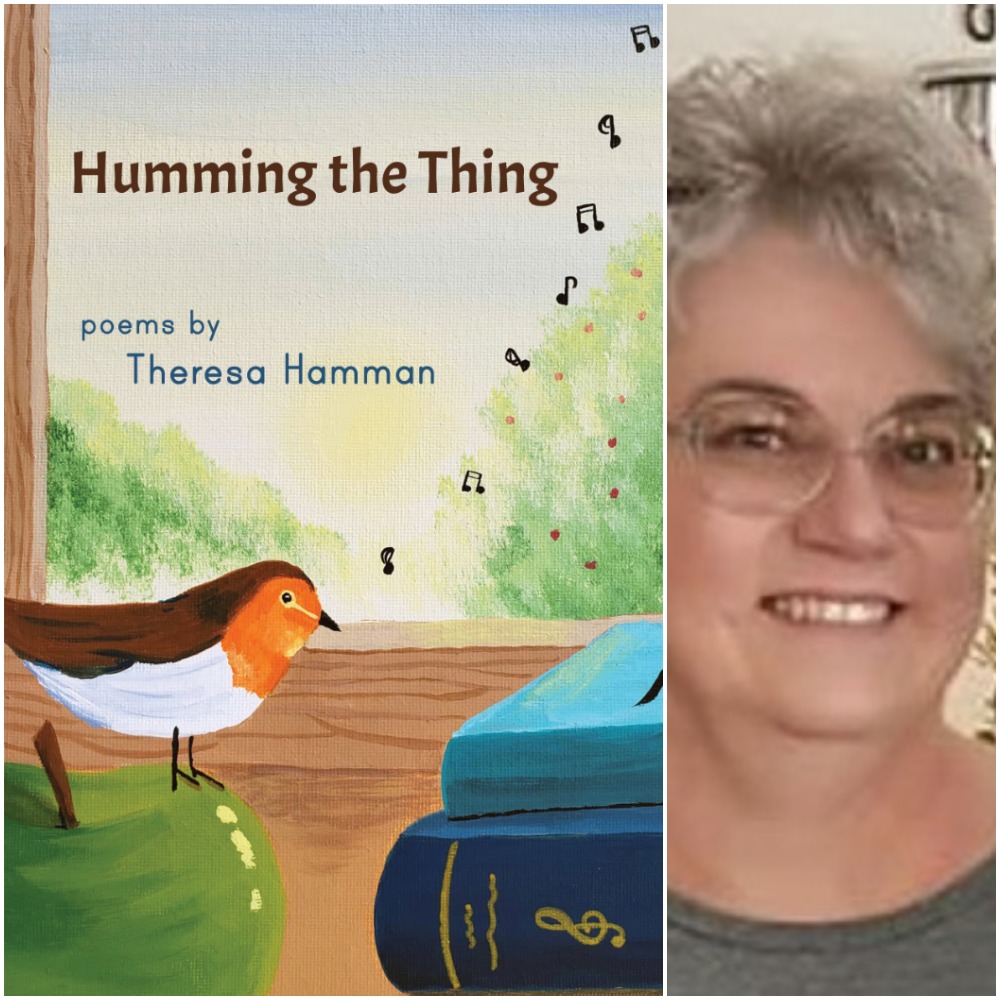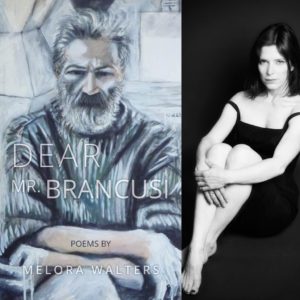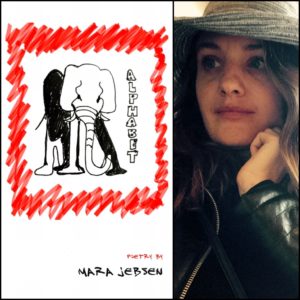Humming the Thing by Theresa Hamman
$14.99
Humming the Thing is infused with the celebratory as Theresa Hamman takes us to the land of myth and magic. With elements of steampunk style and ethos, and through such innocuous images as worms, curlers, birds, and apples, we find ourselves in an environment some would call austere: a world of “smeared black/lead” and “tear stained buttery paper/with a frowning sun.” Humming the Thing, is grounded in the strength that what is invisible and unknown are supported by forces beyond this planet. Hamman puts these to good use as distress calls and as the expression of wonderment. An exciting new collection by one of rural Oregon’s experimental voices, Humming the Thing funnels these essentials of survival into lyrical, kaleidoscopic musings, making us want to sing along.
–Susan Kay Anderson author of Mezzanine
The universal theme of loss, in all its many forms, permeates Hamman’s second chapbook of poems, Humming the Thing. Hamman has a unique way of writing about ordinary things, and this is especially so in her poem, ‘A Mind Without a Bird.’ Many of her poems are personal, such as the wistful ‘Urgent Prayer,’ when she writes about how ‘the weight of years scrawls a marquee across my mother’s forehead, bends her back.’ One of my favorite poems in this outstanding collection is ‘Rural Oregon. Tuesday. In September,’ with all its acute sensory observations. Hamman’s poignant words strike all the right notes of indelible loss in this noteworthy collection of poems.
–Dianne Alvine author of Child’s Play
For years, I have admired Theresa Hamman’s unflinching eye and sharp ear for the exactly right turn of phrase in her beautifully honest poetry. She uses the immediate details of daily life—the birth of a new granddaughter, the start of a spring that promises nothing but more cold rain—as an invitation for her reader to delve more deeply into their lives as well, illuminating what John Updike called “the human news,” those stories and relationships that can’t help but sustain us.
–James Crews, Editor of How to Love the World: Poems of Gratitude & Hope
Description
Humming the Thing
by Theresa Hamman
$14.99, paper
978-1-64662-566-6
2021
Theresa Hamman is a poet from La Grande, Oregon. Her poems can be found in the following: The Tower Journal, Oregon East, basalt, The Paddock Review, Red Savina Review, Red Wheelbarrow Review, Atomic Flyswatter, Red Hyacinth, and Nailed. She holds an MFA in poetry from Eastern Oregon University and a MA in Literature from Mercy College in New York. She teaches English, Creative Writing at Southern New Hampshire University. Humming the Thing is her second chapbook. Her first, All Those Lilting Tongues was published in September 2018 by Finishing Line Press.






Nancy Dafoe (verified owner) –
A “Halo Flash” of Brilliant Imagery and Metonymy
Nancy Dafoe (verified owner) –
Ah, the wonders of a good poet, I think after reading Theresa Hamman’s chapbook Humming the Thing, just released from Finishing Line Press. Hamman’s chapbook which stopped me in my tracks includes the poem “Crows,” in which the approach of “hats with twisted hands” initiates a bristling of the fine hairs on the neck. Primarily through the techniques of synecdoche and metonymy, Hamman releases “all that clawing” and “all that squawking” as her birds erupt not in flight but into something far more sinister as they “morph/ into murders.” Here, Hamman creates familiar language play on the term for a flock of crows: “murder of crows.” The phrase arising out of people’s peculiar bent for believing crows to be harbingers of death. Hamman then inverts the cultural term, as the subject of that fearful imagery is clearly man.
Crows have long been a favorite bird of poets who draw not only on the death symbolism but upon allusions to other poets, such as Ted Hughes’ shock poems appearing in his “Crow: From the Life and Songs of the Crow.” Hamman subtly references these and other crow poems in lines such as, “When I saw them approaching/ I believed/ they were human/ but really/ they were hats/ with twisted hands holding torches.” I only wish her pretty cover held the image of those dark birds instead.
Masterful with irony, Hamman surprises with language and juxtaposition: “A dying lily—inside church exhales” in the poem “What Now for April?” And in her poem “The Wrong Companion,” the poet speaks: “All your white lilies turned to bone,/ dust a decade ago,” and “girls chatter/ about clothes or boys” as a father calls out, “We are under attack…We are at war” while the cat, like the girls, is in her happy place, “her sunspot” in the poem “Rural Oregon. Tuesday. In September.””
Biblical imagery and betrayal are found side by side where the poet’s persona “returns to Golgotha/ and find[s] Jesus gone,” and “Mary whispers—it was never beautiful,/ Jesus is always gone.” Yet Hamman’s poetry is startlingly beautiful: “The woman/ who comes in wearing/ clear Christmas lights,” in the poem “Halo Flash,” “becomes holy,/ a new Mary.”